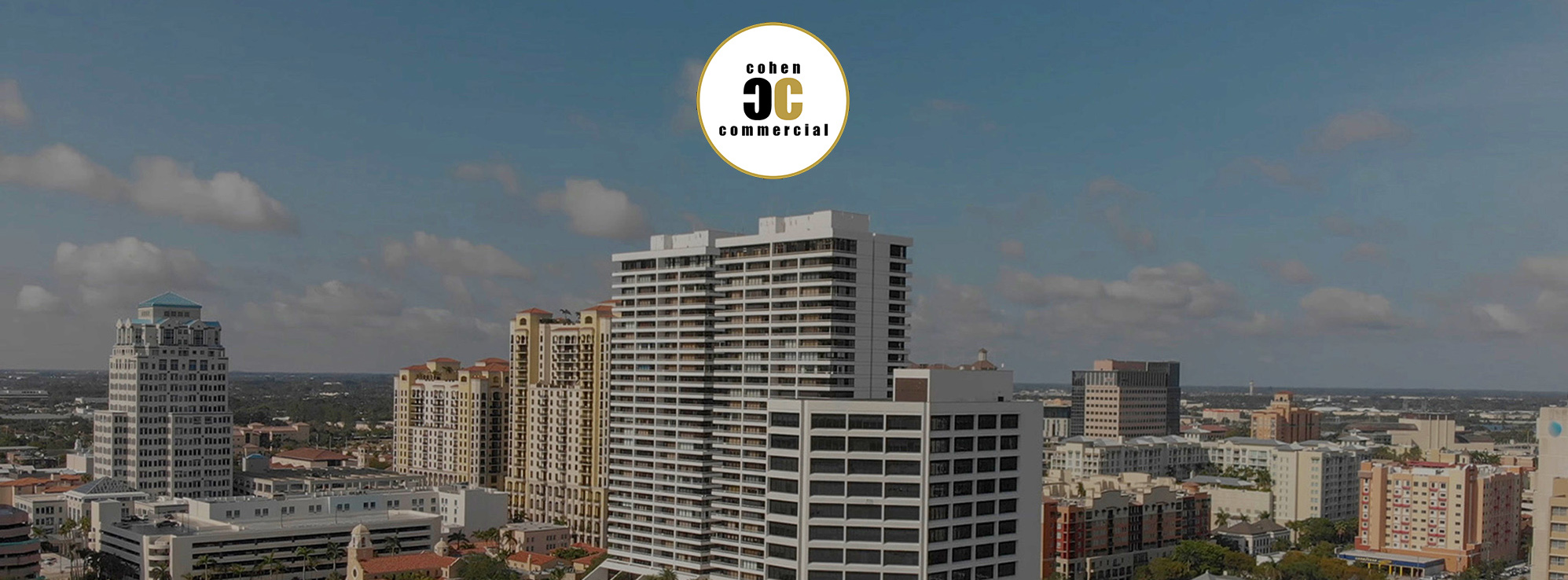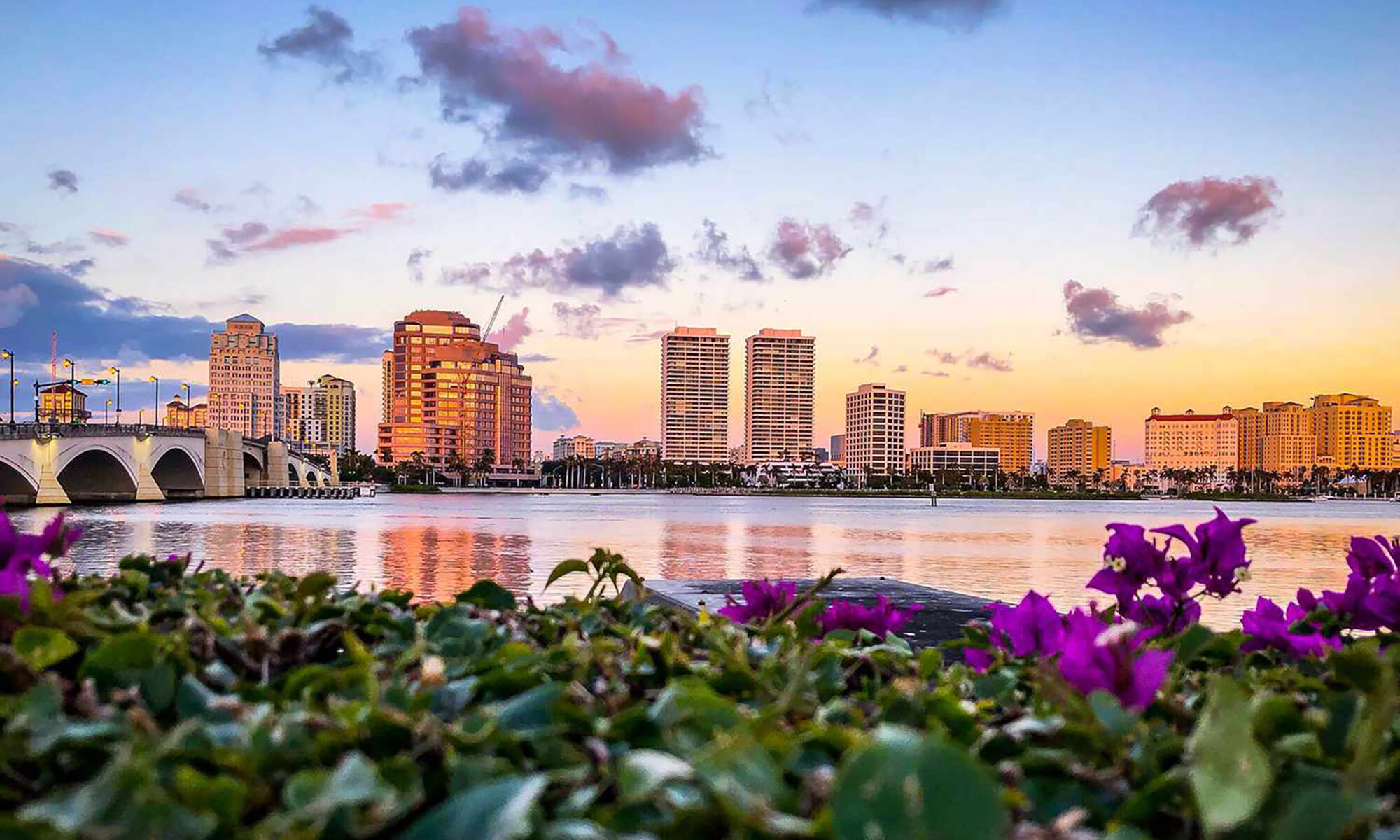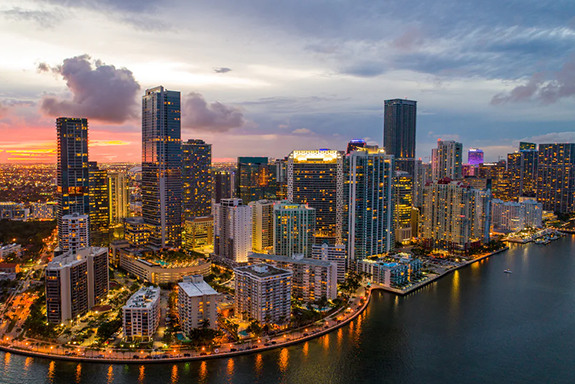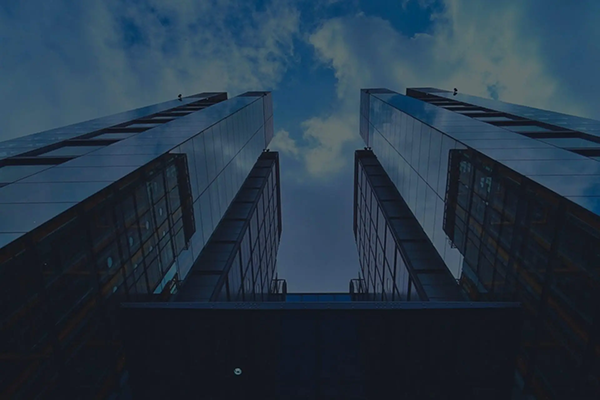Sources:
https://www.gulfshorebusiness.com/florida-business-rent-tax-ends
https://www.trepp.com/trepptalk/florida-eliminates-its-commercial-rent-tax-what-next
A Landmark Change in Florida Commercial Real Estate
Florida’s long-standing commercial rent tax will soon be history. With the passage of House Bill 7031, signed by Governor Ron DeSantis, the statewide 2% sales tax on commercial lease payments—and related local surtaxes—will be eliminated effective October 1, 2025. This move ends Florida’s unique position as the only U.S. state to levy a statewide sales tax on commercial rent, representing a major policy shift that will reshape the economics of leasing across the state.
The History of the Commercial Rent Tax
The commercial lease tax was introduced in 1969 and, at its peak, reached 6%. Over the decades, it was gradually reduced, reaching 2% by mid-2024. For years, business leaders and real estate professionals argued that the tax increased occupancy costs and placed Florida at a competitive disadvantage compared to other states. The repeal represents a significant pro-business measure, with the state projecting annual savings of nearly $1 billion for commercial tenants.
How Tenants Will Benefit
For tenants, the financial impact will be immediate and substantial. A company paying $100,000 in monthly rent will save approximately $24,000 annually once the repeal takes effect. These savings can be redirected toward reinvestment in operations, business expansion, or workforce growth. By lowering the cost of occupancy, the repeal is also expected to attract new businesses to Florida, particularly those that previously viewed the state’s tax structure as a barrier to entry.
What It Means for Landlords
Landlords will also see benefits from the repeal, particularly in the form of reduced administrative burdens. Once the tax is removed, there will be no need to calculate, collect, and remit sales tax on rent. In high-demand submarkets, some landlords may adjust base rental rates to capture a portion of the savings, while in more competitive markets, tenants are likely to retain the full benefit. The elimination of the tax is also expected to stimulate leasing activity, which could help strengthen property values across office, retail, and industrial sectors.
Preparing for the Transition
Both tenants and landlords should take time before October 1, 2025, to review their lease agreements and operational processes. Tenants should ensure that rent invoices dated after this date no longer include the tax, and they should consider using the projected savings as leverage during renewal or expansion negotiations. Landlords should update their accounting systems to reflect the change, make any final tax filings for rent due prior to October 1, and communicate the details of the repeal to their tenants in advance to avoid confusion.
Exceptions to the Repeal
While the repeal is broad in scope, certain types of rental transactions will remain taxable. These include transient accommodations of less than six months, parking and storage rentals, boat docking arrangements, aircraft tie-downs, and equipment rentals. Additionally, any rent that is due before October 1, 2025, will still be subject to the tax, even if the payment is made after that date.
The Bottom Line
The elimination of Florida’s commercial rent tax is a significant milestone for the state’s commercial real estate industry. Tenants will enjoy meaningful cost reductions, landlords will benefit from operational efficiencies, and the overall leasing environment will become more competitive. At Cohen Commercial Realty, we are ready to guide clients through this transition, ensuring they are positioned to take full advantage of the opportunities created by this historic policy change.
















